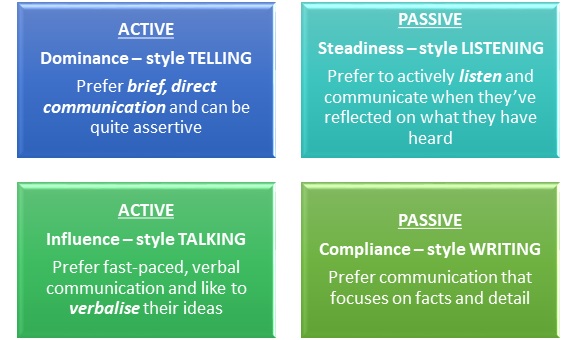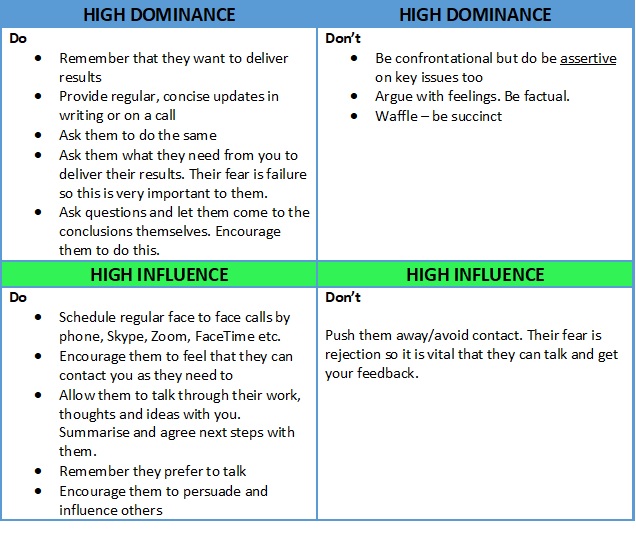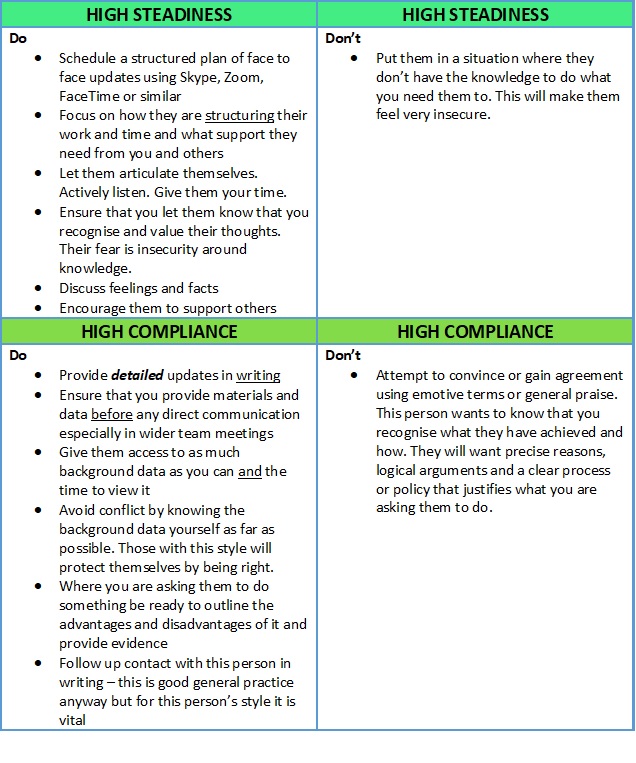The eye of the storm – why you need research now – organisations
A series of views – view 4, the organisation view
Why you need to research your organisation now
We have used the ‘perfect storm’ analogy to give context to the critical importance of organisations having current insights to create suitable strategies for the future. As we start to see the first tentative steps out of lockdown in the UK it may feel as if we are reaching a period of calm. For some organisations, though, this might literally be the eye of the storm that continues to rage around us. The future for many remains uncertain and ensuring that we have insight into critical elements now is more important than ever to be able to successfully navigate through it.
In the first three articles we looked at what to consider in gaining current insight into our employees, customers and the markets that we operate within.
Understanding your organisation
Having understood the needs arising from research of these three elements we need to consider how well our organisation is aligned with them.
Our own research, conducted at the end of 2020, revealed that some of the key impacts of the uncertainty wrought by COVID and Brexit on organisations were seen as being:
- Supply issues (especially initially)
- Workplace structures
- Employees – e.g. working from home, motivation, management, support, anxiety and retention
- Culture – maintaining positive aspects of organisational culture in the absence of face to face contact
- Service quality pressures
- Cost cutting
- Leadership style challenges
Pivoting strategies’ suitability
When we think about strategy we will often think about suitability and fit. For example:
“Does the proposed strategy fit the culture, leadership style and structure of the organisation?”
During the ‘eye of a storm’ it is well worth looking at this from another viewpoint. From a research perspective the question could be posed the other way around:
“Does the organisation fit the required strategy?”
The ‘six’ elements
What should we consider against this thinking?
There are numerous aspects of the organisation that might need to be researched.
Here are six key aspects for us to explore:
- Structure
An organisation chart can reveal so much about the way that an organisation works and its culture. Looking at your own structure, consider the following:
- Is it up to date? Organisation charts are often in need of revision.
- Does it accurately reflect the interactions that take place? For example, charts are typically in straight lines – would a 3D view be more appropriate?
- How relevant is it to the current situation and the needs that have arisen from your previous insights (employees, customers and markets)
- Does it suit a shift to working from home?
- Is there still a requirement for the same premises, for example?
- How does the structure impact on processes?
- Is the structure relevant to the market or markets that you are in or need to be in?
- Leadership
How does your organisation’s leadership align with the insights gained so far?
- What is or are the predominant style(s) of your leaders?
- What are the gaps in leadership capabilities? For example:
- Digital know-how
- Innovation
- Change
- Communicating future direction
- People selection and development
- Culture
“The way we do things around here”
What is the organisational culture? Can you define it? How would others define it?
Culture has a massive impact on the way that an organisation works.
A cultural audit is invaluable to consider where there may be issues with strategic fit. Is there any inertia evident as a result of the significant uncertainties over the past 12 months, for example?
One excellent way of doing this is to use the Cultural Web – a tool created by Johnson and Scholes.
You can find out more about how to use this here.
- Values
What are the values of the organisation? How do these resonate or otherwise with your employees, customers and markets?
Values are increasingly important and can have a key impact on how your brand is perceived too.
For example, think about your stance on societal issues such as diversity and equity.
- Processes
You may have already considered where key processes are impacting on customer experience but what about some of the less obvious ones. There are so often things that we do that are no longer questioned.
Challenge the processes in place across the whole organisation. Which are aligned to what you have discovered so far and which are creating barriers to your future success?
Consider digital transformation, for example. To what extent has the organisation adopted digital technologies into its processes?
What about barriers to positive behaviour?
Crawford Hollingsworth wrote an article in impact magazine about auditing ‘sludge’. It is not a term that I had heard before but seems quite apt to undertaking research on the organisation now. Sludge is..
“…when consumers or businesses face high levels of friction that obstruct their efforts to achieve something that is in their best interest, or are deliberately misled or encouraged to take action that is not in their best interest.”
Crawford Hollingsworth
This is all about making behaviour easier for organisations and customers alike. You can find out more about ‘sludge’ here.
- Internal communications
Explore how your organisation communicates internally. There is no intent to state the obvious in terms of how important this is or to suggest that it isn’t already top of mind. Like all the above elements, the focus has shifted significantly over the past year so demands review.
Consider some of the following;
- How have your internal communications approaches changed to recognise the shift in working patterns? Are the approaches appropriate?
- Who is responsible for the overall management of internal communications? Is this in the right place?
- Are you communicating a clear roadmap to employees for how and when the organisation plans to navigate out of the storm?
- How are you getting feedback on your communications? Do you need to consider new channels?
THE BOTTOM LINE
“Fundamentally…
… is your organisation as aligned to the expectations of your employees, customers and markets as it needs to be?
What do you need to change to make your organisation the right fit for the strategies that will take it successfully out of the storm?”
If you would like someone to talk to about any of this, give me a call.



